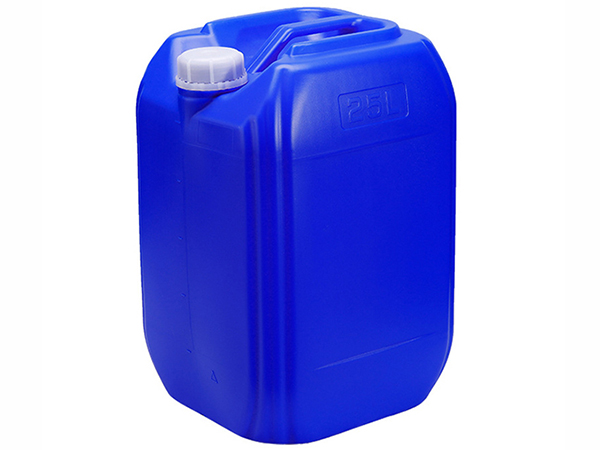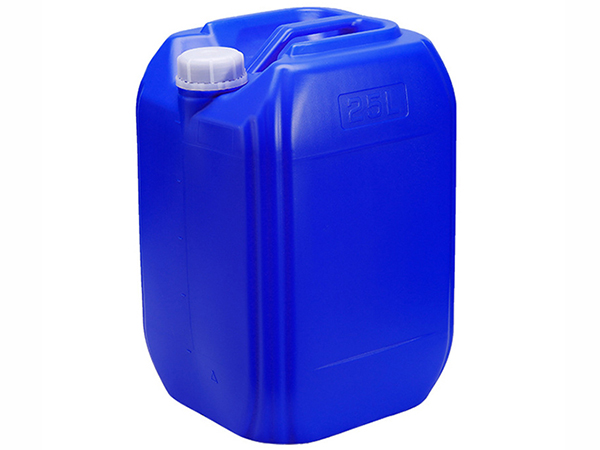
Resin type classification
According to the type of resin, there are thermosetting and thermoplastic resins, but thermosetting resins are the main type. For example, urea formaldehyde resin, melamine formaldehyde resin, thiourea resin, epoxy resin, etc., are actually the initial contractions of resin monomers. These initial contractions can be dissolved in water or solvent, penetrate into the interior of the fiber, and then undergo high-temperature baking. The active group undergoes covalent crosslinking reaction with the hydroxyl group in the long chain molecules of cellulose, connecting the adjacent molecular chains of cellulose fibers or forming a network structure of polymers in the gaps of the fibers and depositing, Thus, the fabric maintains a long-lasting wrinkling effect. But the biggest drawback of thermosetting resins is that they reduce fiber strength by up to 40%. Thermoplastic resin is a single resin or more than two copolymers, as well as synthetic rubber lotion. It is coated on the fiber surface to form a plastic film, thus producing the effect of resin finishing. Because it forms a resin film on the surface. The wrinkle resistance is average and gradually falls off after washing. However, thermoplastic resins can improve the strength of fabrics and improve the feel, so they are often used in combination with thermosetting resins

Classification of resin structure
According to the classification of resin structure, it can be divided into N-hydroxymethyl resin, formaldehyde free resin finishing agent, crosslinking agent, etc. When N-hydroxymethyl resin is used to treat cellulose fibers, it can react with the hydroxyl groups of cellulose, undergo dehydration condensation, and then remove formaldehyde. The newly generated formaldehyde is absorbed by the fabric, and further reacts with the hydroxyl groups of cellulose. During the reaction process, several condensed long molecular chains are cross-linked to achieve wrinkle resistance. The washing resistance of this type of resin depends on the stability of the cross-linked product with cellulose, which actually refers to the stability of the cross-linked product to acid and alkali hydrolysis
About
Brief introduction Application Certificate Laboratory Connectproduct
Post finishing agent Enzymatic water Brightener Printing/Coating Additives MoreNews
Dynamic Lnformation Common
Mobile website

TRL:+86 0769-88124837
Chinese mailbox:dgtshdrl@163.com
English mailbox:postmaster@tianshengchem.com
Guangdong Tiansheng Environmental Protection New Material Technology Co., Ltd. Copyright © 2023 all rights reserved